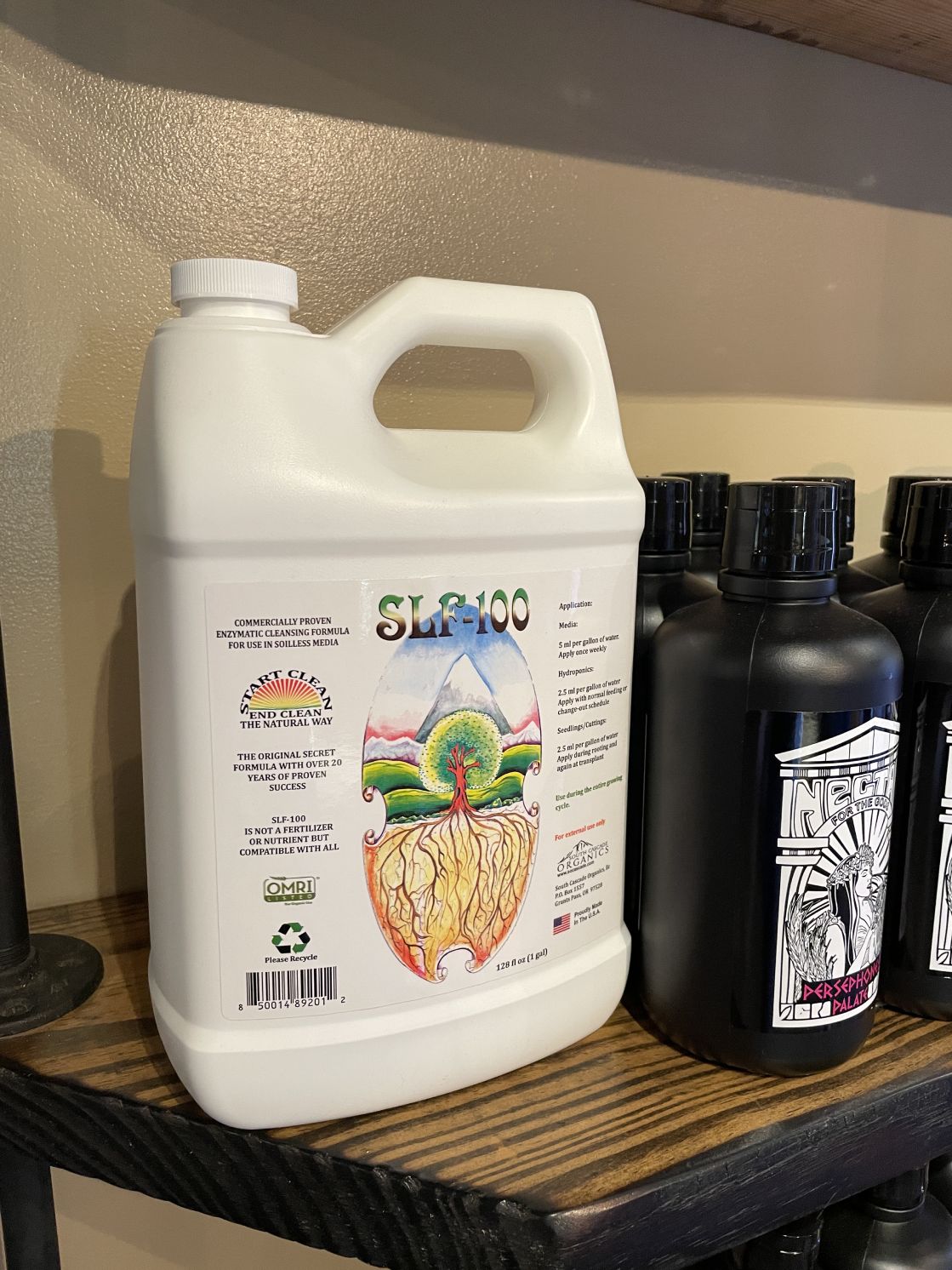The Ultimate Overview to Hydroponic Solutions and Techniques
In the globe of modern agriculture, hydroponic systems have emerged as a revolutionary method for growing plants without soil. As we uncover the intricacies of hydroponics in this thorough guide, we will browse through the various types of systems, discover the important nutrients crucial for plant development, and delve into sophisticated methods that can dramatically enhance yields.
Benefits of Hydroponic Solutions
Hydroponic systems use a plethora of advantages, including efficient resource usage and exact nutrient shipment to plants. By giving a regulated setting for plant development, hydroponic systems make it possible for optimal water and nutrient use, leading to higher yields contrasted to traditional soil-based cultivation. This efficiency not just preserves sources however likewise minimizes waste, making hydroponic systems eco-friendly.
Additionally, the exact shipment of nutrients in hydroponic systems enables for personalization based on the particular needs of each plant variety. This targeted approach makes certain that plants obtain the appropriate equilibrium of necessary nutrients, promoting healthier growth and decreasing the threat of nutrient shortages or discrepancies. Additionally, the capacity to check and readjust nutrient degrees in real-time maximizes plant performance and total plant quality.
Furthermore, hydroponic systems remove the requirement for herbicides and chemicals, as the closed-loop system minimizes the risk of parasites and illness that are typically located in soil-based agriculture - The Indoor Earthworm. This not only profits the plants and the environment yet likewise adds to creating cleaner, healthier plants for consumption
Kinds of Hydroponic Setups

Deep Water Society (DWC) includes suspending plant roots in a nutrient solution, permitting ample oxygenation. Nutrient Movie Strategy (NFT) makes use of a superficial stream of nutrient option streaming over the plant roots, providing a constant supply of nutrients. Ebb and Circulation systems flooding the plant origins at intervals, ensuring they obtain nutrients and oxygen. Trickle systems include leaking a nutrient service onto the plant origins, supplying exact control over feeding. Aeroponics mists the plant roots with a nutrient solution, taking full advantage of oxygen absorption.
Each type of hydroponic arrangement has its benefits and is suited to various plant ranges and growth phases. Understanding the distinct functions of these systems can help hydroponic farmers select the most appropriate setup for their details requirements and preferences.
Crucial Nutrients for Hydroponics
In hydroponic systems, plants rely upon an exact balance of necessary nutrients to flourish and expand successfully. These vital nutrients are crucial for numerous plant functions such as photosynthesis, origin development, and general growth. The key macronutrients required by plants in hydroponic systems are phosphorus, potassium, and nitrogen. Nitrogen is essential for leafed environment-friendly growth, phosphorus help in origin development and flower/fruit production, while potassium aids in overall plant health and wellness and condition resistance. you can check here
In enhancement to macronutrients, plants additionally need secondary nutrients like sulfur, magnesium, and calcium, in addition to micronutrients such as iron, copper, zinc, and manganese (The Indoor Earthworm). These nutrients are vital for making certain that plants have all the essential foundation to perform crucial organic procedures

Advanced Strategies for Maximum Return
To accomplish optimal yields in hydroponic systems, farmers can apply advanced techniques that boost plant growth and productivity. One such method is the usage of supplemental lighting. By offering man-made lights such as LED or high-pressure salt lights, growers can extend the number of light hours plants receive each day, promoting faster growth and enhanced yields. One more sophisticated method is the execution of carbon dioxide supplements. Raising the degrees of co2 in the expanding atmosphere can stimulate photosynthesis and increase plant growth substantially. In addition, utilizing methods like plant training and pruning can assist enhance light circulation and air flow, making sure that all parts of the plant obtain ample light and nutrients. Making use of automated systems for nutrient delivery and monitoring can aid preserve ideal nutrient levels, decreasing the threat of shortages or discrepancies that can impede plant development. By including these sophisticated techniques right into their hydroponic systems, cultivators can make the most of returns and accomplish bountiful harvests.
Troubleshooting Common Hydroponic Issues
One prevalent problem is vitamins and mineral shortages, where plants do not have necessary aspects for healthy development. Maintaining the right pH variety particular to the plant being grown is essential for optimum nutrient uptake. By immediately determining and dealing with these common hydroponic concerns, cultivators can keep healthy and balanced plants and optimize yields in their hydroponic systems.
Conclusion
In verdict, hydroponic systems offer many benefits for growing plants successfully. With cautious preparation and attention to detail, hydroponic systems can change the method plants are grown, leading to more efficient and lasting agricultural methods.
By giving a controlled atmosphere for plant development, hydroponic systems enable ideal water and nutrient usage, leading to higher returns contrasted to standard soil-based farming. The Indoor Earthworm. Nutrient Film Method (NFT) utilizes a shallow stream of nutrient option streaming over the plant origins, offering a continuous supply of nutrients. Surveillance and readjusting nutrient levels based on plant growth stages is vital to preventing nutrient deficiencies or toxicities and making the read this article most of plant efficiency in hydroponic systems
Furthermore, using strategies like plant training and trimming can aid optimize light distribution and Related Site airflow, ensuring that all parts of the plant receive sufficient light and nutrients. Using automated systems for nutrient shipment and tracking can assist preserve optimal nutrient levels, reducing the risk of deficiencies or imbalances that can prevent plant development.